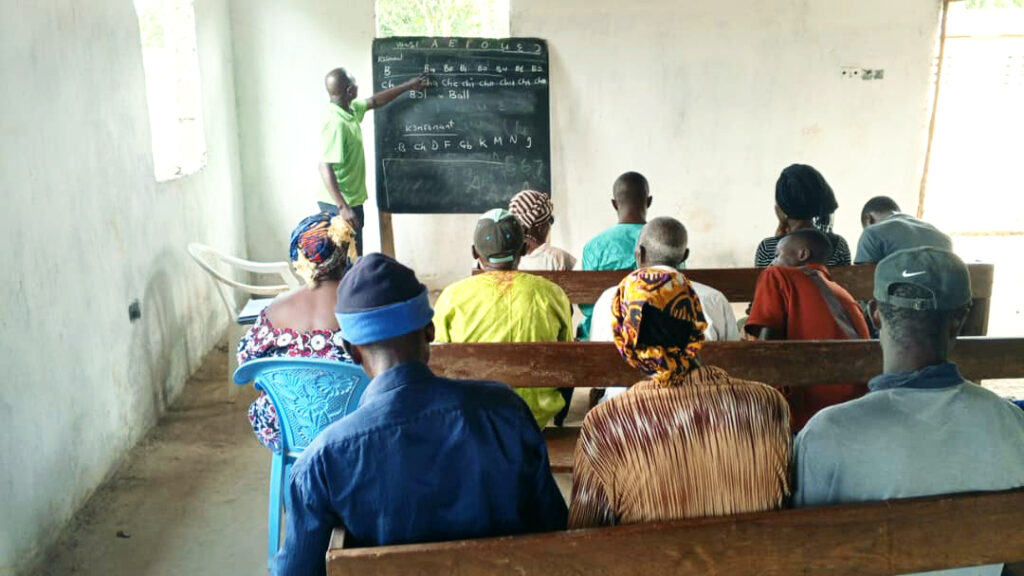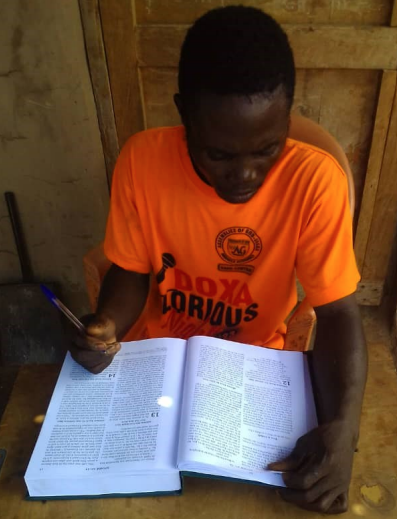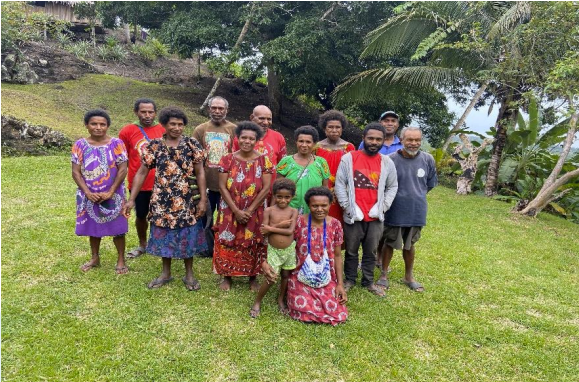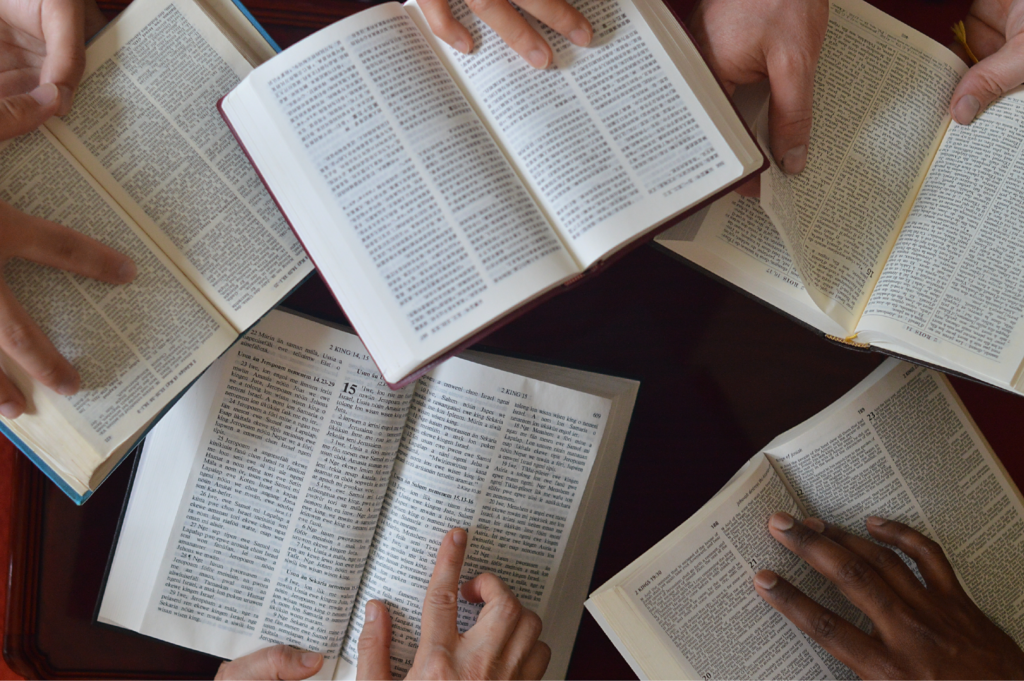Blog
Press Release: June 20, 2012
Much Ado About Bread by Rev. Rich Rudowske

I ran into an interesting problem when Pontsho, Esther, and I were translating Luke 24 earlier this year. In the story of Jesus with the disciples on the road to Emmaus, there comes a point where Jesus is recognized as he blesses bread and breaks it so they may eat. The Setswana text uses a word ‘senkgwe’ for bread here (artos in Greek). In discussing with the team, they initially stated that we should use the Shekgalagari word ‘borotyo’ here because even in Setswana nobody really knew what ‘senkgwe’ was. Upon further investigation, we discovered that ‘sengkwe’ is the word that was chosen by Moffatt and Wookey in their translations because in the mid 1800’s and early 1900’s the Tswana people did not have bread as part of their diet. Their staple was (and still is) a porridge called ‘phaletshe’ made from either maize or sorghum (a corn like plant) that resembles a thick version of the grits we have in the southern USA. A long time ago, when people were going to travel, they would cook this porridge until it was very dry and set it out in the sun to dry and then pack hunks of it in their pouches for eating as they travel. This version of phaletshe was called ‘senkgwe’ and was the closest thing they had to bread. So this is the word that was used in the translation.
Fast forward a few decades and you start to have more contact between the Afrikaans speaking people of South Africa (descendants of Dutch who settled there in the 1600’s) and the Tswana and Kgalagari people. These Afrikaaners brought with them their version of bread (which is like ours) known as ‘brot’. In Setswana this type of bread was imported into the culture and named ‘borotho’ and in Shekgalagari ‘borotyo’. It was much easier to use it to travel and the use of senkgwe all but vanished. Today, the only place the word is known is for the bread that Jesus uses in the Bible for the Lord’s Supper. All the liturgies of the various churches refer to this bread as ‘senkgwe’. However, the vast majority of the people do not know what ‘senkgwe’ was in their culture. Thus, the term has lost its original ability to create a picture of the concept of ‘artos’ or ‘bread’ in the mind of the hearer. Most assume it is a special kind of bread that has some kind of spiritual power.
After some initial reviews of the Luke 24 text, the team came back together to discuss it, and it was shared that many folks felt that the word ‘borotyo’ in the text should be changed to ‘shenkgwe’. I asked what ‘shenkgwe’ meant and was told (not in so many words) that is was basically a Shekgalagari sounding version of the Setswana word ‘senkgwe’, which is what people are used to hearing Jesus break and share. “If we use borotyo,” one person said, “then it sounds like Jesus is just using regular bread.” Exactly.
Jesus is just using regular bread, he is not using some spiritual special bread not accessible to common people. This is a microcosm of who God is and what He is trying to show. He is accessible through plain bread and wine connected with his word and used by his command. He is not far off and distant, only reachable through ancestors and by special ways of singing or speaking. He is imminently accessible through Christ. Yes, Jesus is just using regular bread. That’s the whole point, right? We are hoping that by keeping the word ‘borotyo’ we can begin a conversation that breaks down the myths about who God is and makes him more imminent and tangible to people in the common everyday things of life, not in some distant only spiritual realm that has nothing to do with everyday life. Here’s hoping!
Rev. Rich and Maya Rudowske have a translation ministry among the Shekgalagari people of Botswana. You can learn more about their ministry by visiting The Encouraging Word web site.






Leave a Reply
You must be logged in to post a comment.